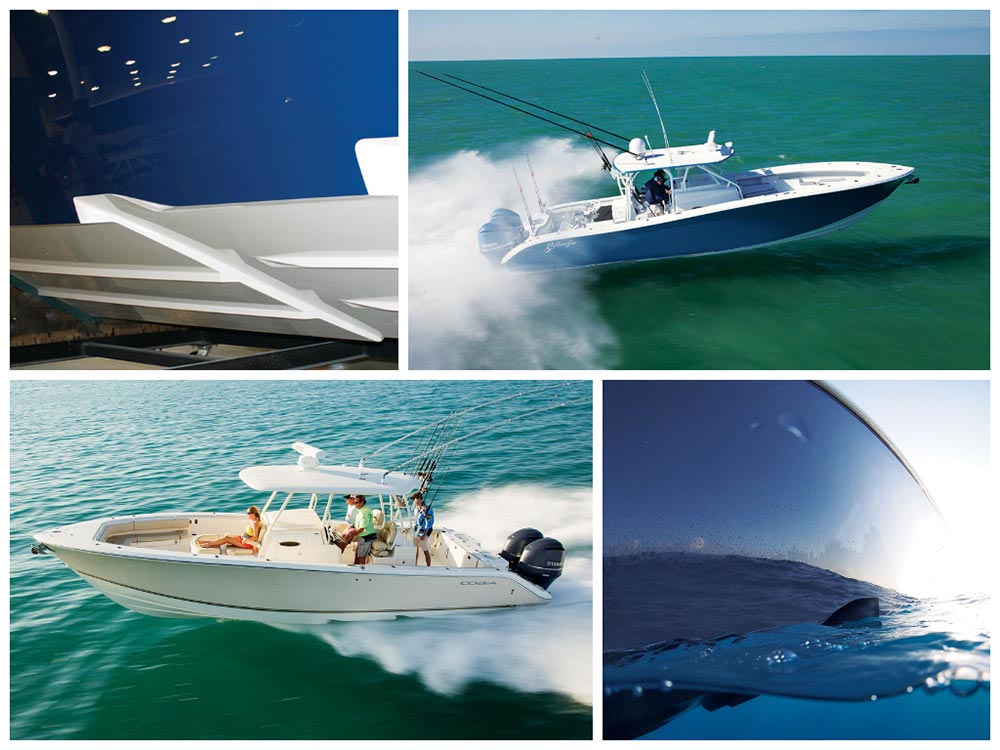
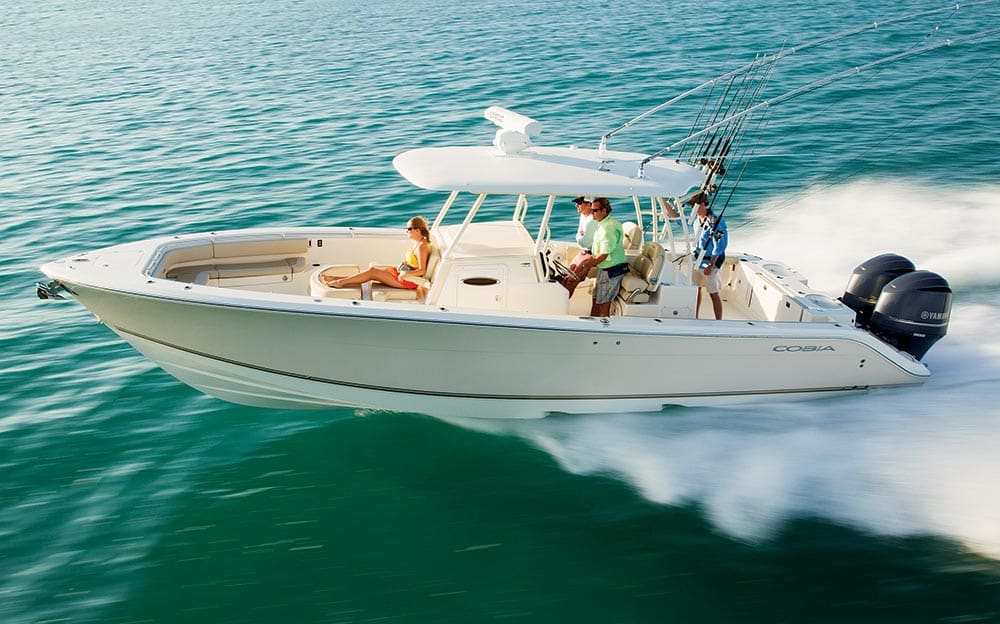
Cobia 344CC
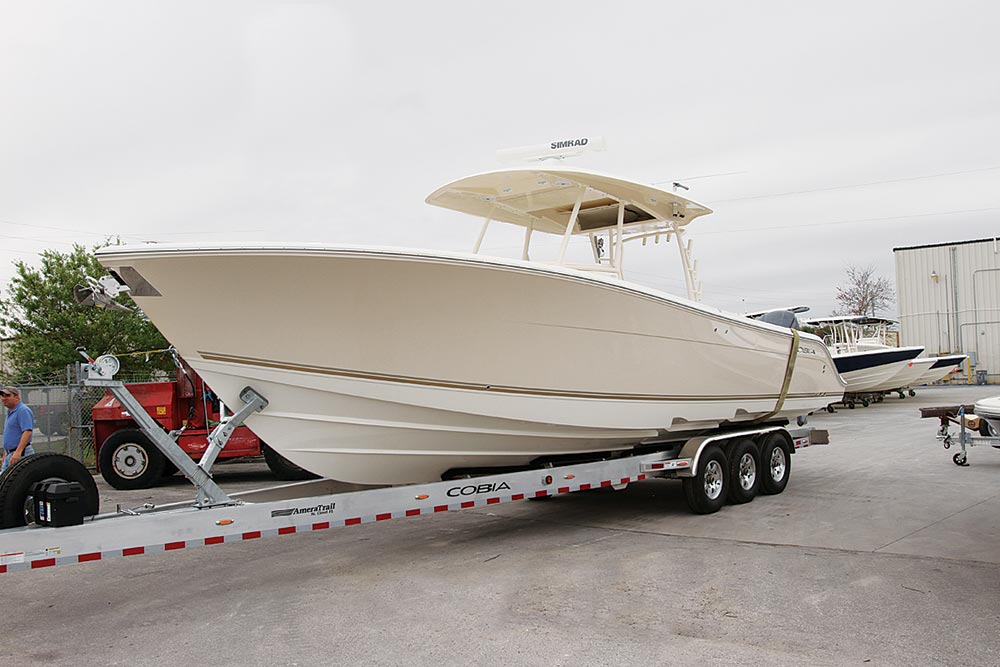
Cobia 344CC
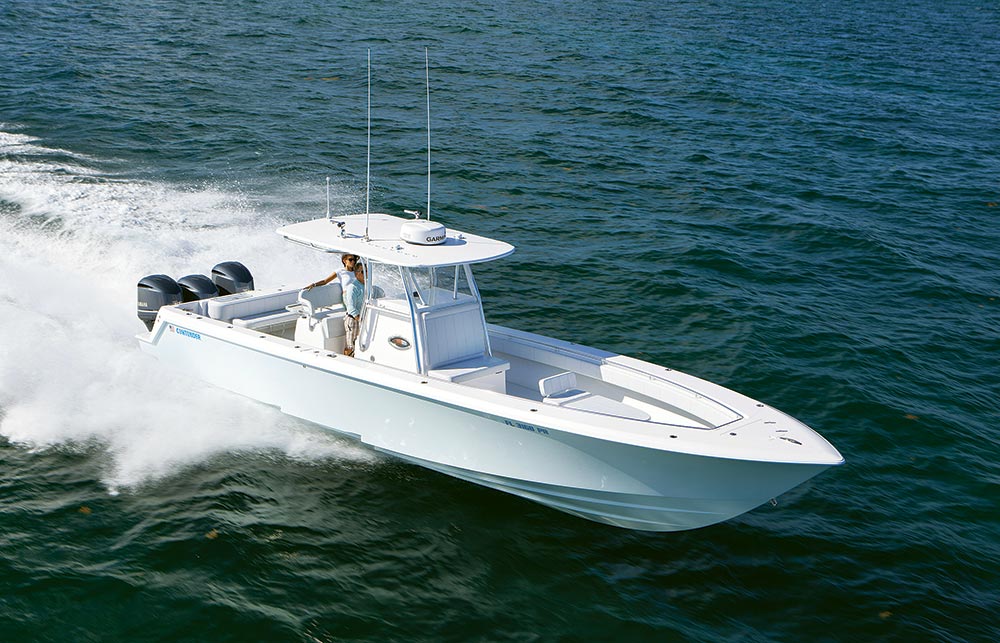
Contender 39 ST

Invincible 42WA
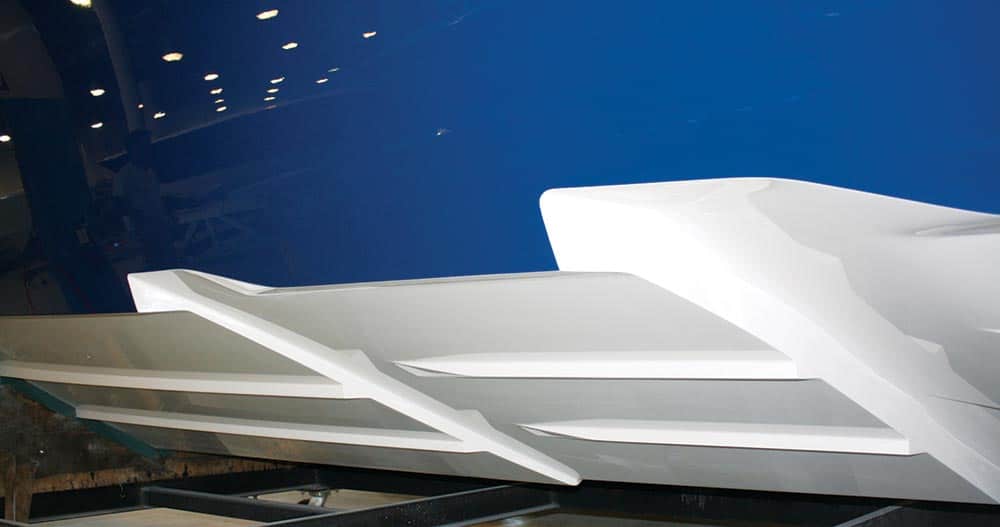
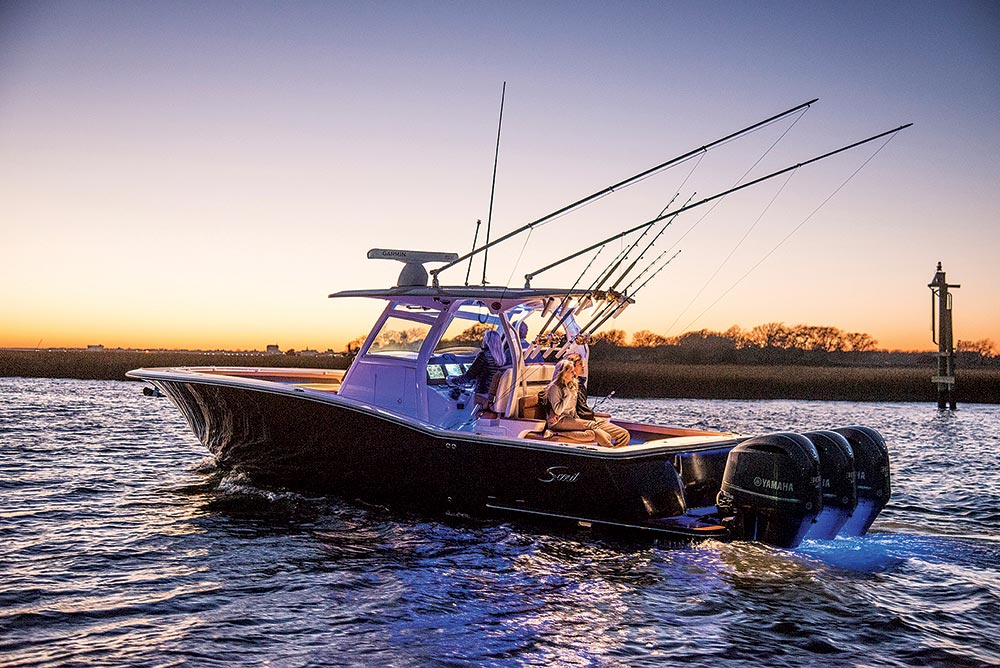
Scout 350 LXF
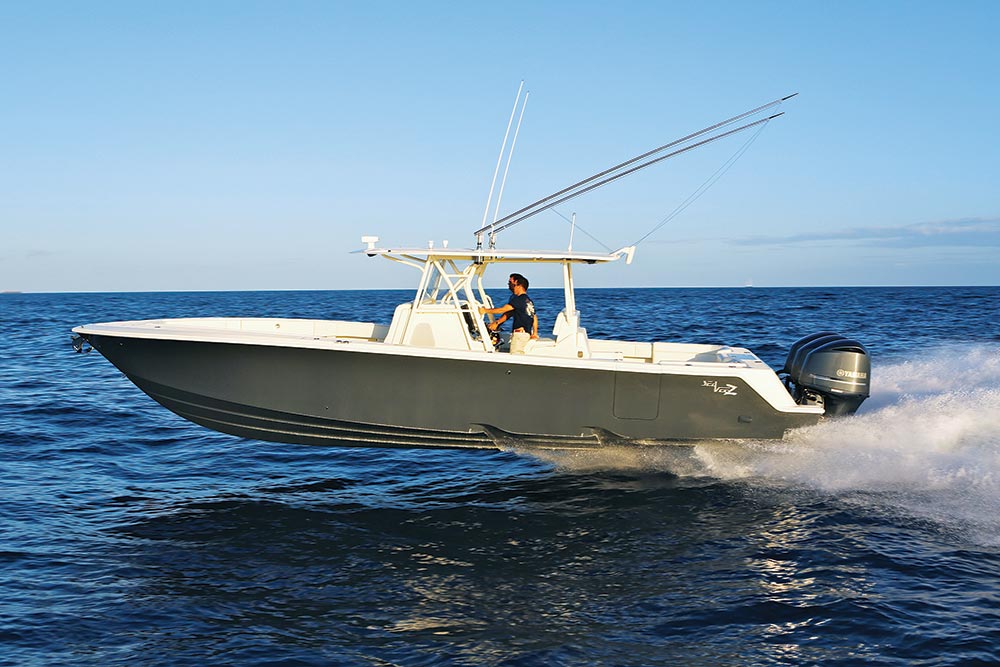
SeaVee Z Series

SeaVee Z Steps
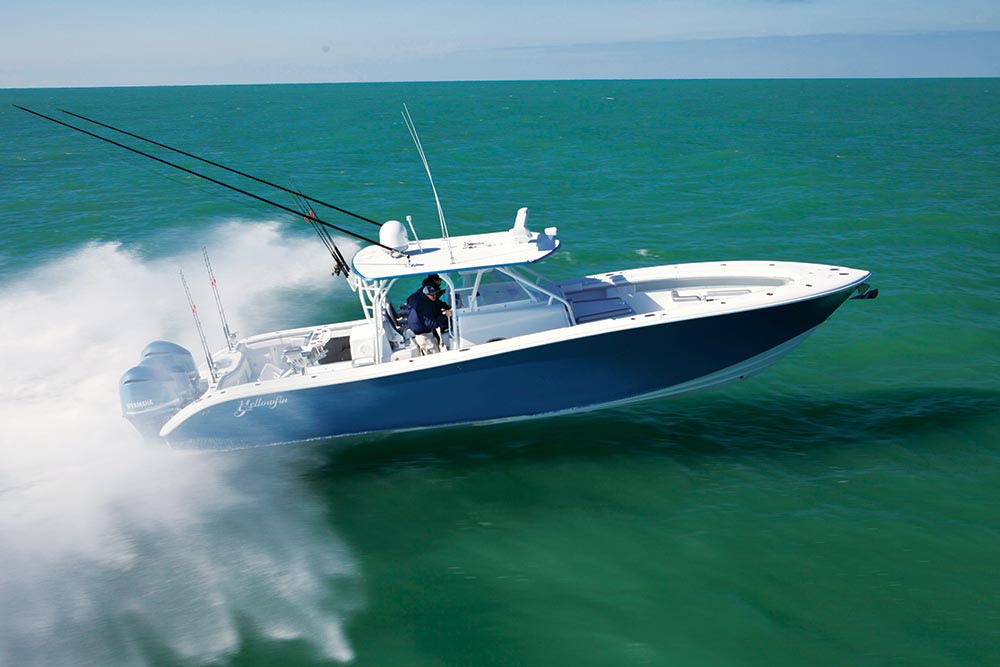
Yellowfin 42
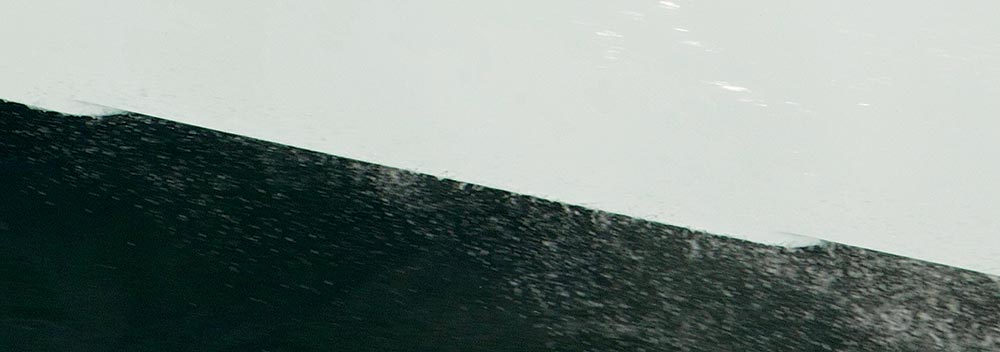











Many products featured on this site were editorially chosen. Sport Fishing may receive financial compensation for products purchased through this site.
Copyright © 2024 Sport Fishing Firecrown. All rights reserved. Reproduction in whole or in part without permission is prohibited.